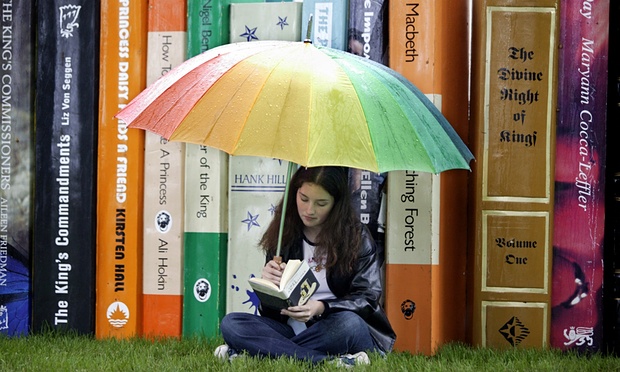Karen Emma Hall is a children’s author, artist and founder of Kid Literature, an online platform for writers, artists and anyone with a passion for reading and writing.
Karen has a passion for showing how exciting and pleasurable reading books can be, making storytelling an adventure of discovery. Karen’s love for writing developed while reading to children as an auxiliary nurse and nanny. She studied for her N.N.E.B as well as many courses over the years in art, literature and child care.
Her first series of children’s stories are a little bit magic. They leave readers with that magic feeling.
If you love owls and you love cats, then you are going to adore her own fully illustrated books.
Her first series of children’s stories are a little bit magic. They leave readers with that magic feeling.
If you love owls and you love cats, then you are going to adore her own fully illustrated books.
Karen believes that being able to read and write is the most basic foundation of knowledge that propels us as children into a world ready to be discovered. With literacy comes a quality of life that can take us to the far ends of the earth without even leaving our own room. You can go anywhere in your imagination, and having a book at your fingertips is an accomplishment in itself; you have the universe in your hands.
Karen has four daughters and three cats who love to feature in her stories. Karen still finds time to be active on social media when she is not creating something new for a book or her blog. She is currently illustrating more sketches and starting on her next lot of children’s amusing stories, as well as venturing out in video art media which will be ideal for creative imaginitive minds. Bringing teeny bits of teeny magic. printed here at http://www.childrenswritersguild.com
Karen's first book is about a little owl and it is called 'Hello Teeny Pheeny', a charming story that takes place in a magical village of owls and in the book we see Karen’s owl illustrations – cozy, enchanting, full of character.
So what is it that makes this book compelling, special or unique?
Well Teeny Pheeny was born one day quite by accident, after my visiting a beautiful rescue owl called Phoenix. My children gave my storybook owl the name Teeny Pheeny, naming him after this amazing creature we helped rescue. It is a name (and an owl) that children will love and want to know more about. The day Teeny Pheeny was born I knew he was going to be rather special.
I developed a love for reading and writing very early on in childhood. I received so much enjoyment out of my treasured picture books, and I just loved visiting whatever magical land they took me to. I would become completely absorbed. I fell in love with books and, you could say, fell right into them, much like Alice did when she fell down the rabbit hole. It was always a magical place. It still is.
Creativity and reading have always been my main passion, even today. It is a therapy like no other. After leaving university with a BA in Art, I worked with children for many years, from being a qualified N.N.E.B nursery nurse to a teachers assistant. I have always enjoyed reading aloud to children of all ages. I find enjoyment and satisfaction in helping children and people with disabilities with reading and writing
From the perspective of my own writing, there’s another Teeny Pheeny book almost complete with brand new illustrations, in fact the first series is penned and edited. Then there is as a book for middle grade readers, called Cory in Cold Cliff Castle. It’s a wild adventure with gruesome characters that will hopefully attract boys to reading. Very fun, Scooby Doo meets Hammer Horror. Also a cat ryhming book and other cat things! But there is still decisions to be made about which one to put out first and what art is going in these book. Check the progress on Twitter and the website and I will be excited to share this from my new author page late this year.
Follow Karen and Kid Literature on their journey.
I believe in magic and I do my best to trap it in a book. As Roald Dahl once said “Those who don’t believe in magic will never find it".
To see what art and writing Karen is currently doing, visit her at this blog every Monday and her page here https://www.facebook.com/AuthorKarenEmmaHall most days

























